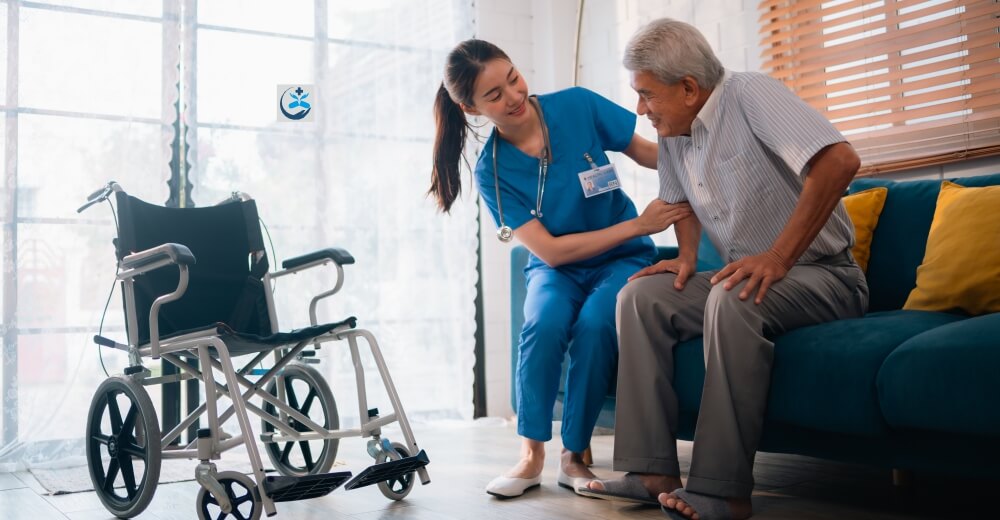According to a survey, gas stoves in Europe are releasing harmful particles into living rooms, bedrooms, and kitchens that have been connected to childhood asthma.
When Dutch scientists tested the air quality in 247 homes, they discovered that the average concentration of nitrogen dioxide (NO2) was nearly twice higher in homes with gas stoves than in homes without one. The World Health Organization’s hourly pollution standards were broken by one in four gas-powered households, but not by any of the homes in the control group that used electric cookers.
“Changing to electric cooking – preferably combined with use of well-designed ventilation hoods to reduce exposure to high levels of particulate matter from cooking – can bring these values down to below recommended levels,” stated Piet Jacobs, a scientist from the Netherlands Organization for Applied Scientific Research.
When gas is burned to prepare food, it emits pollutants like NO2, which irritates the airways and damages the lungs. Although a direct correlation between gas cookers and childhood asthma has not been established, scientists have long been aware of this issue.
The energy efficiency group Clasp commissioned the report, which examined indoor NO2 levels in seven European countries. To lessen the impact of other sources of pollution, the scientists selected residences that were away from industrial and major roads, and where residents did not smoke.
They discovered that the longer people cooked, the longer the pollution spikes lasted, and the intensity increased. Over the course of the 13-day testing period, there were 3.25 days on average when the WHO daily limit for NO2 pollution was exceeded.
Head of the environmental health research lab in Jaume I University in Spain, Juana María Delgado-Saborit said, “This is a crucial study that will facilitate raising awareness and triggering action that will protect the health of those most vulnerable, like our kids.”
The main drawback of the study, according to her, was that the researchers had to employ sensors, which were not as accurate as scientific instruments for measuring the quality of the air outside or in labs. They calibrated the sensors both before and after installing them in each residence, she said, to combat this.
Delgado-Saborit declared, “I am confident that the researchers have used sound methods having seen the evidence from their quality assurance program.”







